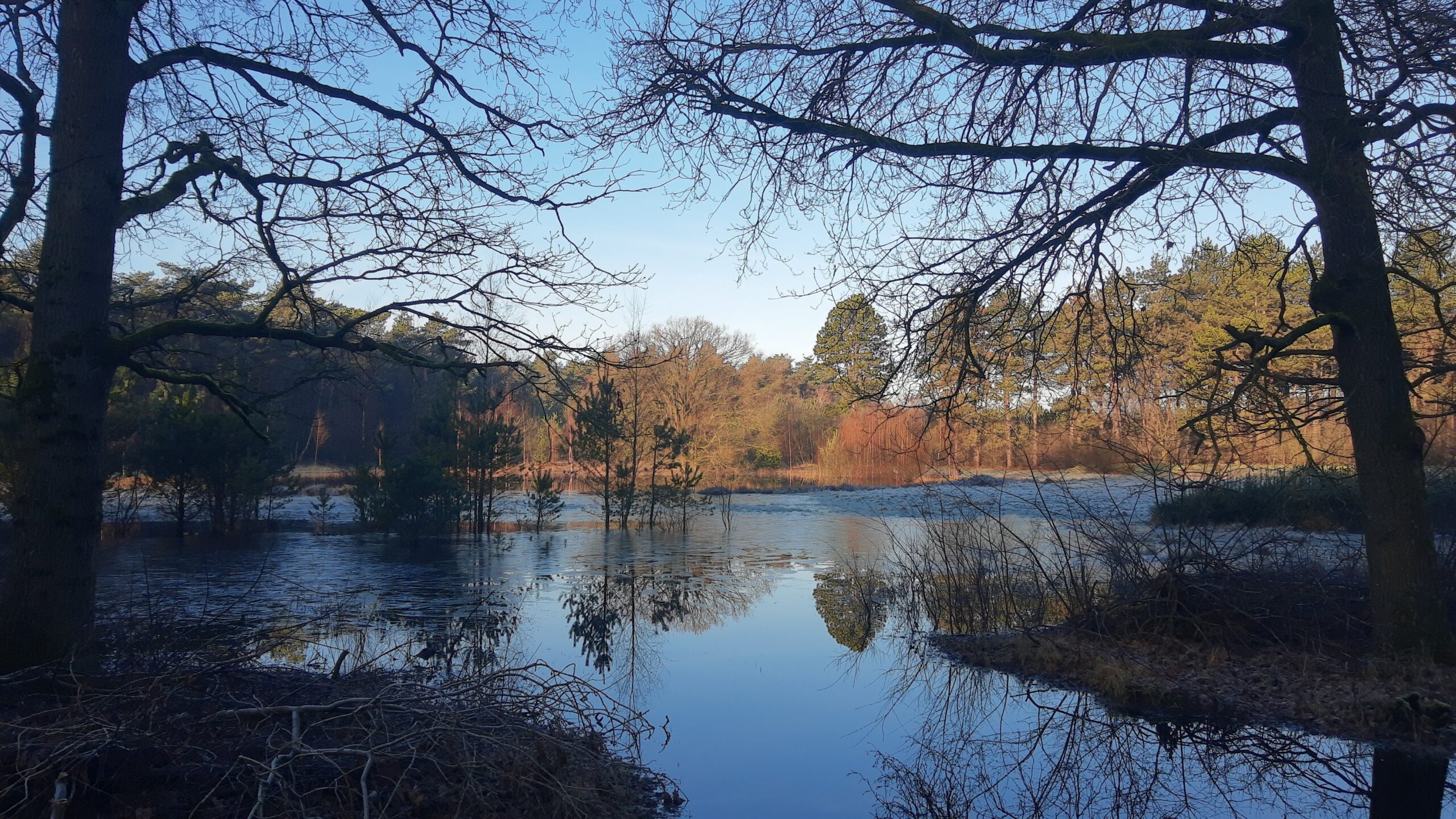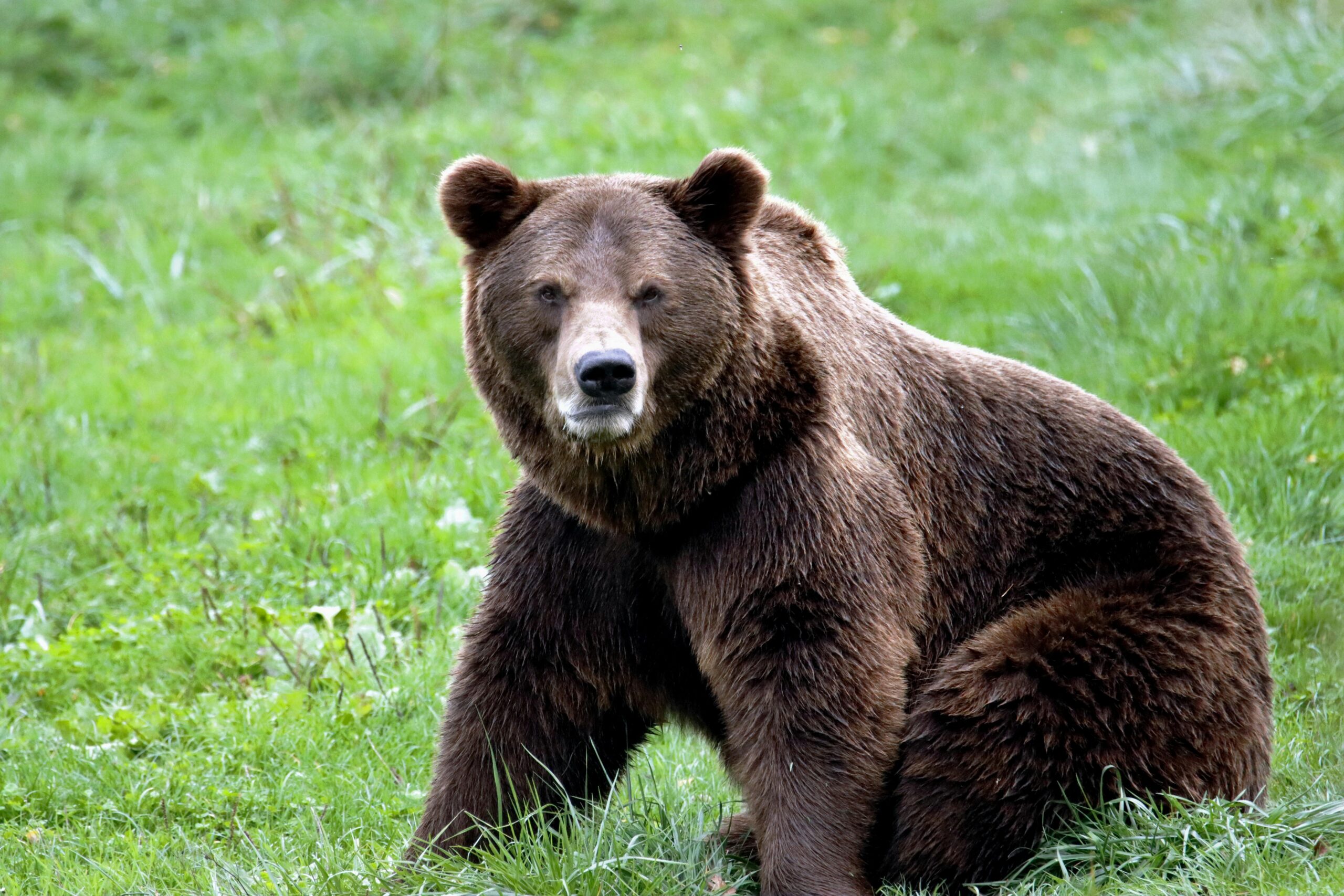For as long as I can remember, I have been amazed by the tremendous biological diversity (or biodiversity) that our planet harbors. One of the things that fascinates me most is the multiplicity of ways in which species interact with each other and how these interactions shape the ecosystem processes on which our livelihoods depend so heavily. As a functional plant ecologist, I find particularly fascinating to observe what’s happening where we can’t easily see: in the soil below our feet. Plants develop their roots in this “black box” that is the soil and interact with a myriad of organisms of all sizes, from tiny microbes to larger animals. It is important to understand how these different species interact with each other, and how these interactions are affected by environmental changes, not just as a purely academic exercise, but also because this knowledge can help us develop better strategies to conserve and restore biodiversity, which is currently severely threatened by human activities, including in Europe. To build a more sustainable future, we need to make decisions that are firmly based on scientific evidence and give priority to nature in our daily lives, but also in European legislation. It is important that we do this now. #EuropeForNature

Weemoed en hoop
Een tijdje geleden werd ik door een student geïnterviewd over natuurbeleving en hoe belangrijk biodiversiteit voor mij persoonlijk is. Tijdens
